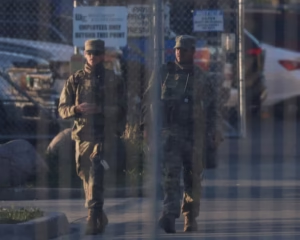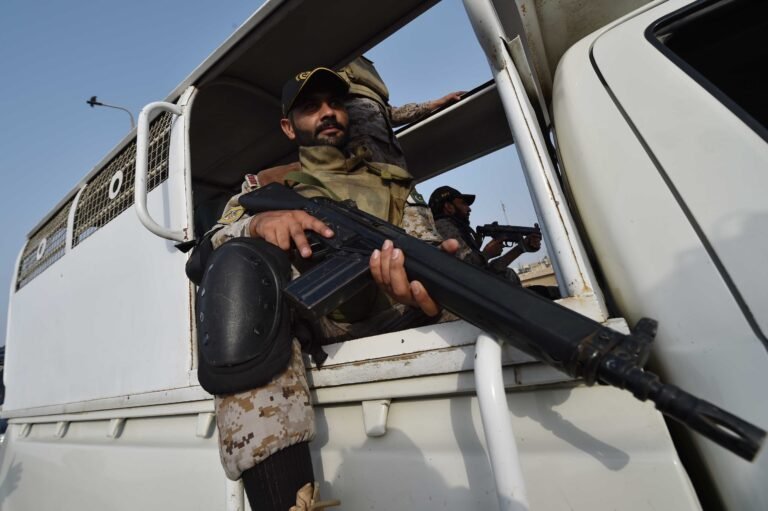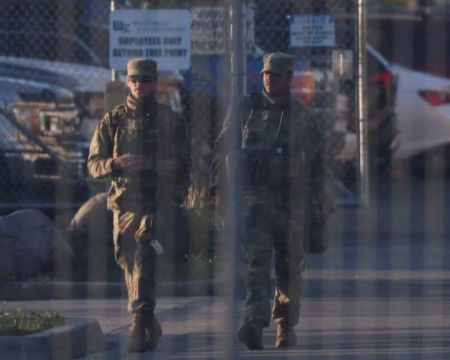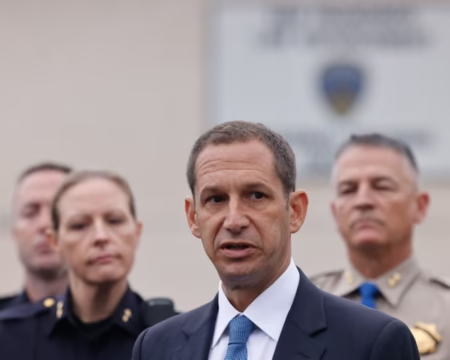Pakistan has launched retaliatory airstrikes against India after accusing New Delhi of targeting three key Pakistani military bases with missiles fired from fighter jets. The situation marks a serious escalation in the ongoing tensions between the two nuclear-armed countries.
According to Pakistan’s military spokesperson Major General Ahmed Sharif Chaudhry, Indian missiles hit Nur Khan Air Base in Rawalpindi, Murid Base, and Shorkot Air Base early Saturday morning. The attacks reportedly caused panic in nearby residential areas. Shortly after the announcement, Pakistan responded with a counter-offensive called Operation Bunyan Ul Marsoos, which means “Wall of Lead” in Arabic.
Pakistan said its strikes hit military targets inside India, including the Pathankot Air Base, a BrahMos missile storage site in Punjab, and the Udhampur Air Force Base in Indian-administered Kashmir.
Early morning attacks spark panic
Video footage shared online showed flames and thick smoke rising above Nur Khan base, located about 10 kilometers from Islamabad. Local residents described hearing loud explosions and rushing into the streets in fear.
“There was a loud explosion which woke everyone up,” said one resident of Rawalpindi. “It was so scary. Everyone was still in a panic when the sun came up.”
Pakistan responded quickly by shutting down its airspace as a precaution. The military also reported that Indian missiles fired from fighter jets were mostly intercepted by its air defense systems.
Pakistan’s military response: Operation Bunyan Ul Marsoos
Pakistan’s counter-attacks focused on strategic military sites. Loud explosions and anti-aircraft gunfire were reported near all targeted locations. In Srinagar, the main city in Indian-administered Kashmir, residents reported hearing several loud blasts.
Pakistan’s Planning Minister Ahsan Iqbal Chaudhary told local media that special care had been taken to avoid civilian areas in India. “We are only hitting locations used to launch attacks on us,” he said.
The Pakistani military used jets and precision-guided weapons in its response. According to a defense official, “This is a measured response, not full-scale war. But we are ready for anything.”
India’s response and high alert
India’s Ministry of Defence released a brief statement: “The Indian Armed Forces are maintaining a high state of alert, and all such aerial threats are being tracked and engaged using counter-drone systems.”
Indian officials confirmed six surface-to-air missiles were launched by their jets, but declined to comment on whether their planes struck any Pakistani targets. Debris from three downed jets—reportedly including a French-made Rafale—was found in Kashmir and Punjab, according to Pakistani officials.
India has not officially confirmed the loss of any aircraft.
Drone warfare escalates tensions
India has also accused Pakistan of launching a wave of drone attacks earlier this week. On Thursday and Friday, hundreds of drones reportedly crossed into Indian territory, targeting military bases, cities, and places of worship.
India said that some drones hit areas in Punjab and Indian-administered Kashmir. Three civilians in Ferozepur district were reportedly injured, one of them critically. Authorities claimed that drones also targeted religious sites, including a gurdwara and Christian churches.
India’s Foreign Secretary Vikram Misri said, “The targeting of temples, gurdwaras, and convents is a new low.”
Pakistan’s Information Minister Attaullah Tarar denied these claims. “We have not taken any offensive action within Indian borders,” he stated. However, a Pakistani security official anonymously told local media that Thursday’s drone activity was a prelude to a larger military operation.
Recent events that led to the current escalation
This latest exchange follows a deadly attack in Indian-administered Kashmir last month. Militants killed 25 Hindu tourists and a local guide. India blamed Pakistan for supporting the attackers. In response, India launched missile strikes on nine sites in Pakistan, killing 31 people, according to Indian sources.
Pakistan deployed over 100 aircraft to defend against those strikes. The Pakistani military said an aerial dogfight lasted over an hour. They claim to have shot down five Indian jets using Chinese-made weapons and ground defenses. India has not confirmed the loss of any aircraft.
International concerns grow
As the situation continues to develop, global leaders are calling for calm. Pakistan’s Foreign Minister and Deputy Prime Minister Ishaq Dar urged the international community to step in.
“We were left with no choice,” Dar said in an interview with Geo News. “India attacked and killed civilians. We showed restraint. But now the world must act before this turns into a full-scale war.”
International watchdogs and regional analysts are concerned that continued military actions could lead to open conflict between the two countries, both of which have nuclear weapons.
A conflict decades in the making
India and Pakistan have fought three major wars since gaining independence in 1947. Two of those wars were over the disputed region of Kashmir. The latest escalation is the most serious since the Pulwama-Balakot crisis in 2019, when a suicide bombing led to Indian airstrikes inside Pakistan and a retaliatory Pakistani response.
The current standoff involves not just conventional military force, but also drone warfare, cyber capabilities, and long-range missile systems. This raises fears that any misstep could trigger widespread damage across both countries.







